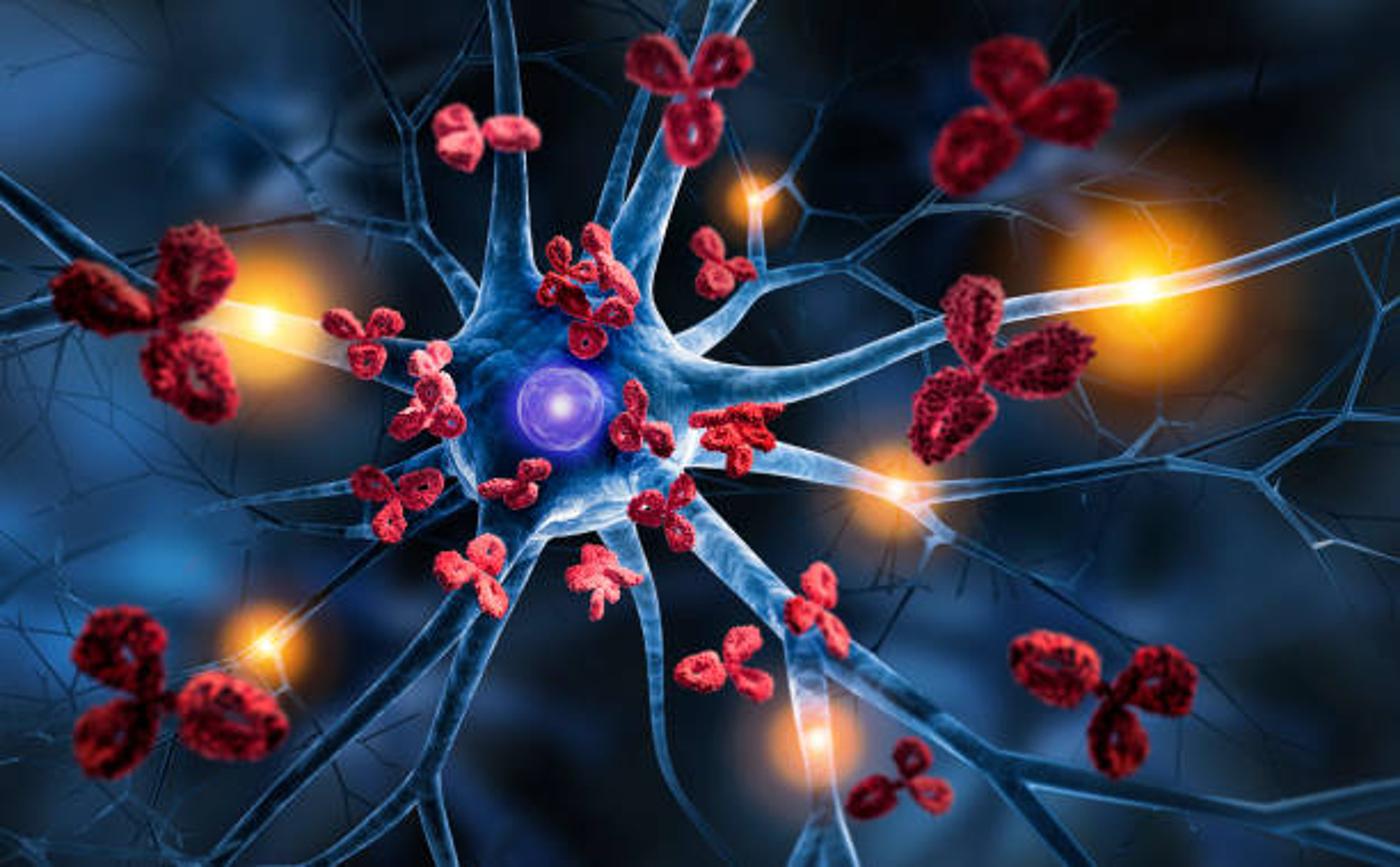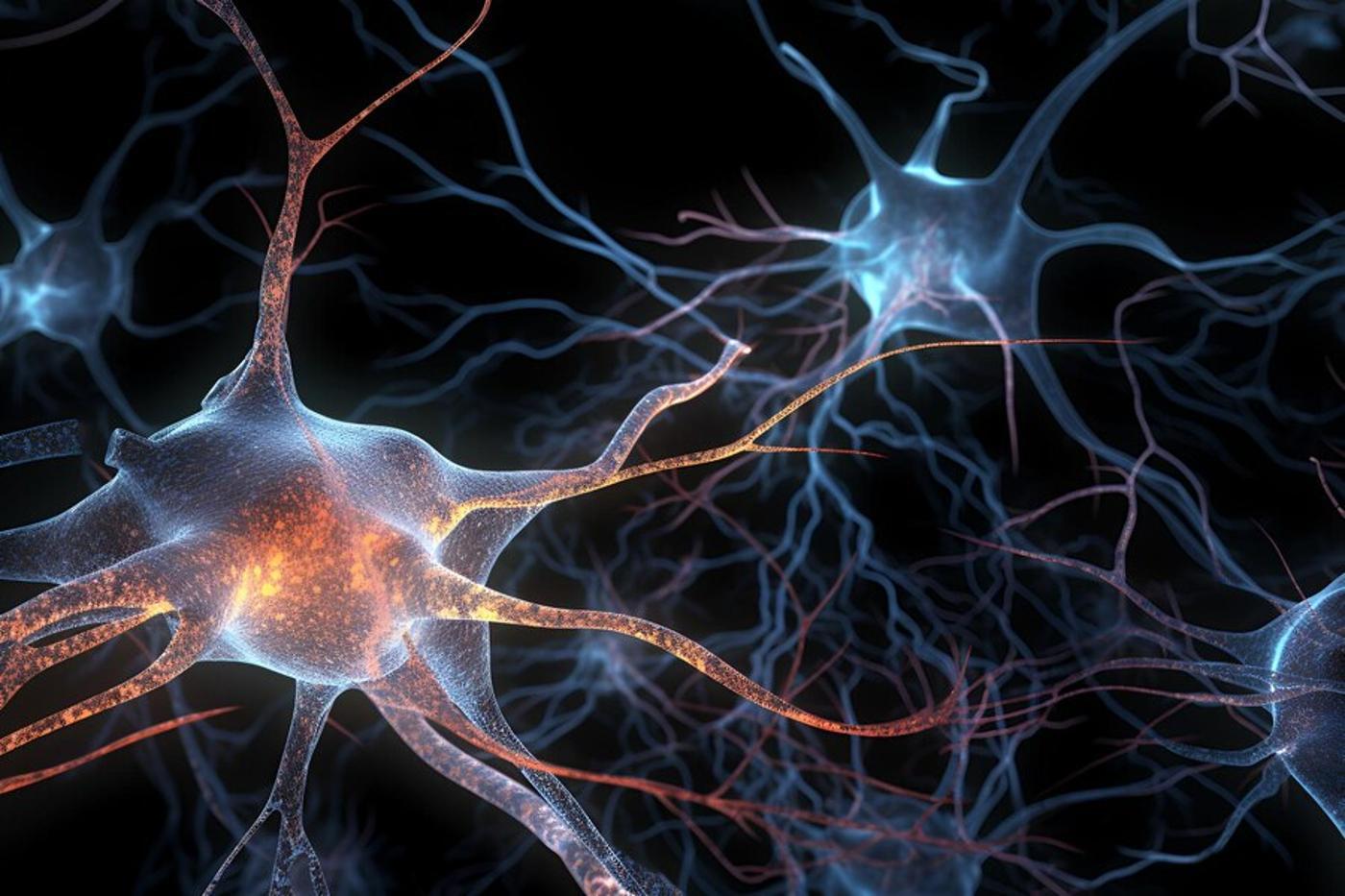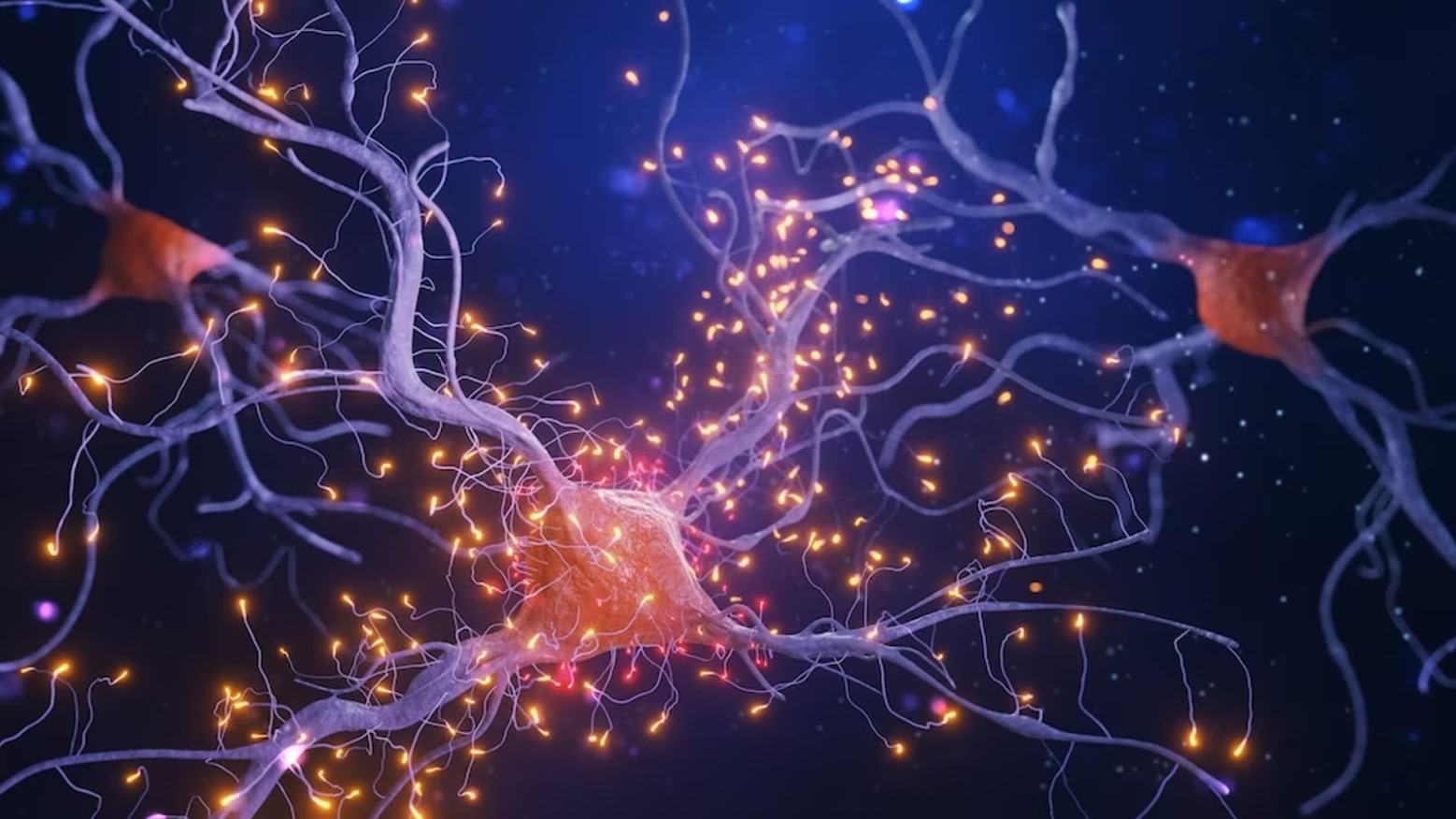‘This is What Drives the Migraine Headache’ – Study Reveals ‘Missing Link’ Cause Behind Some Migraines
Migraines affect over a billion people annually, with about 25% experiencing “auras.” These short-lived neurological symptoms include seeing lights, hearing sounds, or feeling tingling sensations.
Scientists have linked these auras to cortical spreading depression (CSD), which involves waves of abnormal brain activity.
The Role of Cortical Spreading Depression
CSD triggers migraine auras by creating waves of abnormal activity that deactivate neurons. This process releases chemicals into the cerebrospinal fluid (CSF), the substance that cushions the brain.

Source: iStock
These chemicals are believed to stimulate pain-detecting nerves, causing migraine headaches.
The Trigeminal Ganglion: A New Pathway
Researchers have identified a new pathway that could explain how these chemicals reach pain-detecting nerves. The trigeminal ganglion, a cluster of neurons transmitting signals from the face and jaw to the brain, plays a major role.

Source: Freepik
This nerve bundle also provides a route for CSF and its molecules to travel outside the brain.
Experimental Evidence from Mouse Studies
In a study published in Science, researchers used genetically modified mice to trace the flow of CSF.

Source: Freepik
The mice’s neurons glowed in the presence of calcium, allowing scientists to observe the CSF’s path. They injected a tracer into the mice’s brains and tracked its movement to the trigeminal ganglion.
Observing the Trigeminal Ganglion
Four minutes after injection, the CSF appeared in the trigeminal ganglion, followed by increased calcium activity.

Source: Nature_Blossom/Pixabay
This direct evidence confirmed that CSF can carry molecules from the brain to peripheral nerves through this channel. The ganglion’s structure near the brainstem facilitates this interaction.
Connecting Auras to Migraines
Researchers demonstrated that CSD increases CSF flow, carrying more proteins to the trigeminal ganglion. These proteins are known drivers of pain and inflammation.

Source: Mind Valley
During auras, proteins activate sensory nerves, leading to migraine headaches. This finding bridges the gap between the aura phase and the headache.
The Significance of CGRP
Of the 12 proteins identified, only calcitonin gene-related peptide (CGRP) is currently targeted by migraine therapies. Medications blocking CGRP function relieve symptoms for about half of migraine patients.

Source: DC Studio/Freepik
However, this leaves millions without effective treatment, highlighting the need for new therapeutic targets.
Potential for New Treatments
Study author Martin Kaag Rasmussen believes these findings could lead to new treatment options. Identifying the specific molecules responsible for migraines may help develop therapies for patients who don’t respond to current treatments.

Source: Canva
This discovery opens new avenues for migraine research and treatment.
Broader Implications of the Study
Andrew Russo, a neurology professor at the University of Iowa, suggests that this new molecular pathway could have broader implications.

Source: Scott Graham/Unsplash
Understanding how molecules travel from the brain to peripheral ganglia may inform research on other neurological conditions. This discovery has the potential to impact various fields of study.
Challenges and Future Research
While promising, these findings are still only based on mouse models. The human brain’s complex structure, with its numerous folds, differs significantly from the smooth brain of a mouse.

Source: iStock
Researchers need to replicate these findings in humans or more human-like animal models to validate the results.
Next Steps in Migraine Research
The next phase involves studying these processes in humans and examining the new pain-triggering proteins identified.

Source: Freepik
This research could lead to better diagnostic tests and treatments for migraines and other headache disorders.
A New Hope for Migraine Sufferers
This groundbreaking study provides, at the very least, hope for millions of migraine sufferers. By uncovering a previously unknown pathway, researchers have paved the way for new treatments and improved understanding of migraine mechanisms.

Source: Andrea Piacquadio/Pexels
Future research will continue to build on these findings, potentially transforming migraine therapy.
